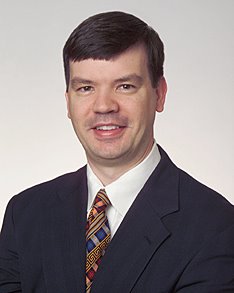
A few interesting things on breast cancer caught my eye the last week or so.
For starters, the Tuesday (Dec 26) New York Times had an outstanding interview with Dr. V. Craig Jordan, one of the directors at the Fox Chase Cancer Center in Philadelphia. The topic of discussion was how to make sense of the recent story on the dramatic decrease in breast cancer rates we've observe since hormone replacement therapy (HRT) after menopause became less common.
Adjacent to that was a story revisiting the effectiveness of women performing self breast exams. Promoting self-exams to detect breast cancer has been dogma for years, but does it work? The research seems to indicate that it is not very effective and leads to a significant number of unnecessary procedures. A number of epidemiologists have advocated dropping self-exams as a recommendation, but have run into a buzz-saw of controversy from breast cancer activists and some physicians.
I personally think there is little utility (at least on a systems-wide analysis), especially when women have fibrous breast tissue. It is impossible for me in fibrous breasts to sort out anything. I've been very impressed with the ability of ultrasound to quickly characterize masses accurately and proceed to needle biopsies as needed. On the other hand I have had patients find lumps themselves that do in fact turn out to be cancer. For most women, annual mammograms and a physician breast exam are going to be effective.
There is a classic TV ad about self-exams from the Canadian Breast Cancer Society from a few years ago that still cracks me up where a geeky teen offers up his services for breast exams to the smooth sounds of Barry White. America is too uptight to ever use humor this effectively.
Thru the magic of Youtube.com you can click on the screen below to see it:
The most odd-ball feature is this one from the BBC titles "Housework cuts breast cancer risk.".
The research on more than 200,000 women from nine European countries found doing household chores was far more cancer protective than playing sport.... Housework cut breast cancer risk by 30% among the pre-menopausal women and 20% among the post-menopausal women
I'll be sure to get a reprint of this for my wife :)
















